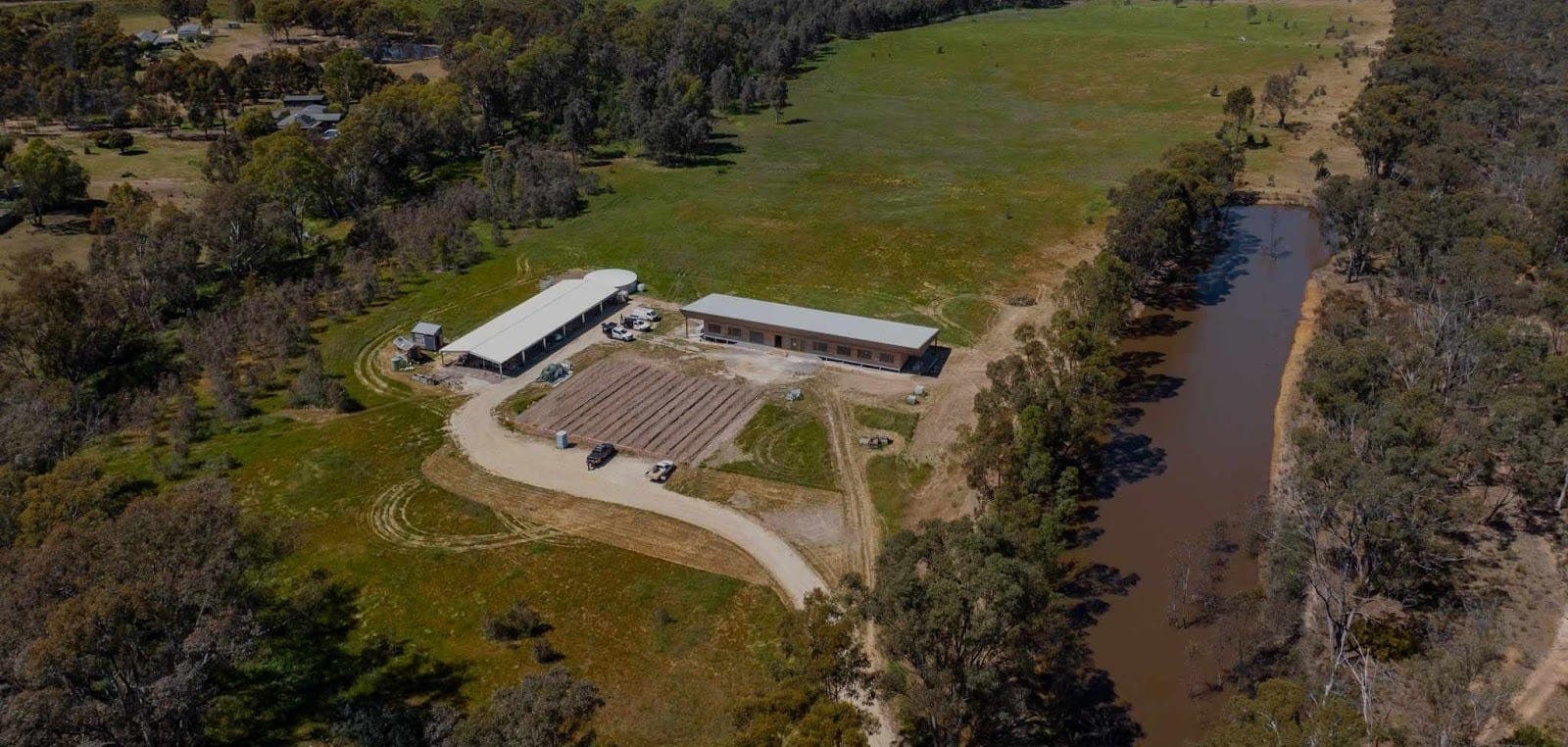Intentional Communities See Resurgence Amidst Housing and Social Shifts, Report Indicates

A recent post on Supernuclear, highlighted by Gillian Morris on social media, suggests that "communes (like full on income sharing off grid hippie communes) are alive and well." This observation points to a growing trend of intentional communities and co-living arrangements gaining traction as viable alternatives to traditional housing models. The Supernuclear report features a case study of Open Field Co-Living in Australia, showcasing a modern interpretation of communal living.
Open Field Co-Living, located in Castlemaine, Victoria, operates as a semi-off-grid, purpose-built hempcrete home housing 12 adults and 4 children. Residents contribute weekly dues, manage communal finances through a treasury team, and share responsibilities for homesteading and chores, embodying a form of shared resource management and cost-sharing. The founders, Nicola Beatrix and her partner, embarked on the project to create stable, sustainable, and socially connected housing, driven by Australia's housing crisis.
The resurgence of such communities extends beyond isolated cases, reflecting broader societal trends. Modern intentional communities are evolving from their 1960s predecessors, now addressing contemporary concerns such as climate anxiety, housing scarcity, and social disconnection. Data from the Fellowship of Intentional Communities (FIC) indicates a significant growth, with its directory nearly doubling between 2010 and 2016, listing approximately 1,200 communities and an estimated 100,000 residents in the U.S.
This movement is largely fueled by an affordability crisis in housing, a desire for stronger social connections, and a push towards more sustainable living practices. Co-living spaces, a related but distinct model, offer private bedrooms with shared common areas, providing a blend of independence and community. These arrangements often include all-inclusive pricing, flexible leases, and organized social events, appealing to a diverse demographic seeking alternatives to isolated urban living. The emphasis is on shared experiences, mutual support, and a collective approach to daily life, whether through pooled resources, shared responsibilities, or communal activities.